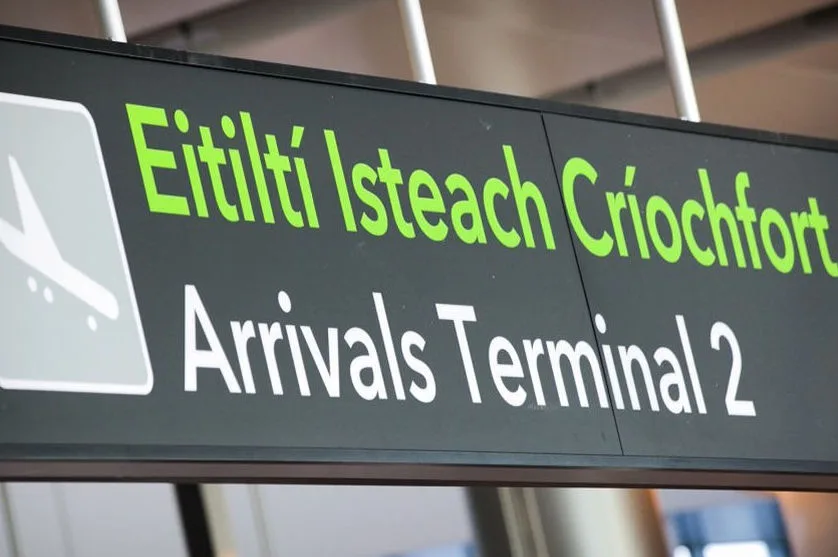Ireland has witnessed a significant surge in immigration, reaching a 17-year high, according to the Central Statistics Office (CSO). In the 12 months leading up to April 2024, a total of 149,200 immigrants arrived in the country, marking the third consecutive year with over 100,000 new arrivals.
The influx of immigrants has contributed to a notable increase in Ireland’s population, which now stands at approximately 5.38 million, the highest since 2008. This growth is largely driven by immigration from outside the European Union, particularly from Ukraine. The CSO reports that 86,800 of the new immigrants were from non-EU countries, with a significant portion being Ukrainian refugees.
Among the immigrants, 30,000 were returning Irish citizens, 27,000 were other EU citizens, and 5,400 were UK citizens. The remaining 86,800 were from other countries, including a significant number from Ukraine, reflecting the ongoing conflict and humanitarian crisis there.
In addition to the high levels of immigration, Ireland has also seen a rise in emigration. Over the same period, 69,900 people left the country, the highest emigration figure since 2015. This includes a substantial number of Irish citizens moving to Australia and the UK. Specifically, 10,600 people emigrated to Australia, up from 4,700 the previous year, and 15,200 moved to the UK, up from 14,600 in 2023.
Despite the increase in emigration, the net migration figure remains positive, with 79,300 more people arriving than leaving. This positive net migration, combined with a natural increase of 19,400 people (resulting from 54,200 births and 34,800 deaths), has led to the overall population growth.
The demographic changes have also highlighted shifts in the age structure of the population. The number of people aged 65 and over has increased, now representing 15.5% of the total population, up from 13.8% in 2018. This aging population presents both challenges and opportunities for Ireland’s social and economic systems.
The Irish government has acknowledged the challenges and opportunities presented by these demographic shifts. Former Taoiseach Leo Varadkar previously emphasized the need to manage the flow of Ukrainian refugees into the country, and recent policy changes have included reductions in social welfare payments for Ukrainian refugees living in state-provided accommodation.
